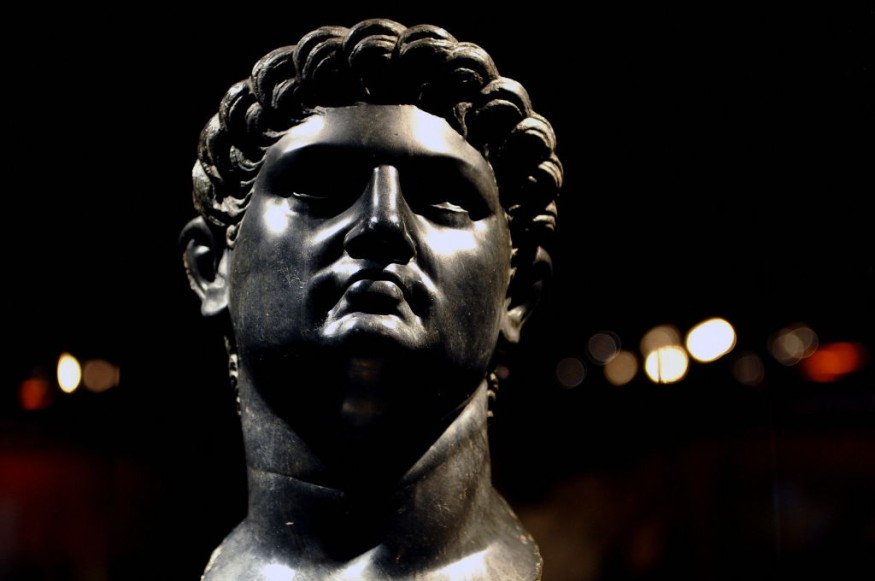Archaeologists in Rome have possibly discovered the remains of Nero's ancient theater, a renowned performance venue mentioned in historical texts but was previously unknown in its exact location, ABC News reported.
Named after Nero Claudius Caesar Augustus Germanicus, the Roman emperor from A.D. 54 to 68, the theater's recent finding east of Vatican City is deemed remarkable. It is believed that Nero utilized this theater for practicing poetry and hosting musical events, as per ABC News.

Who Is Nero?
Nero Claudius Caesar Augustus Germanicus, a Roman emperor from A.D. 54 to 68, faced a turbulent reign marked by rebellion and cruelty. According to Britannica, he initially had the guidance of his tutor Seneca and his mother Agrippina, but he later turned against them, even killing Agrippina.
While Nero gained popularity in the east by respecting the Senate and minimizing interference in governance, discontent grew due to factors like Boudicca's rebellion, unemployment, and disapproval of his lavish lifestyle.
In A.D. 64, a catastrophic fire engulfed Rome, and though Nero may have been responsible, he scapegoated and persecuted Christians instead. As his reign declined, he committed more heinous acts, including the murders of his wife Octavia and her successor Poppaea, as well as ordering Seneca's suicide and executing critical senators.
Eventually, revolts in Gaul and Spain led by Galba led to Nero's condemnation by the Senate. Regarded as unstable, he further alienated his subjects with extravagant public performances. Rather than facing execution, Nero chose to end his life through suicide.
READ ALSO : Sphinx-like Statue Unearthed in Ancient Egyptian Temple Looks Like Roman Emperor Claudius
Nero's Theater Excavated in Rome
Archaeologists in Rome made an announcement on Wednesday, July 26, about their discovery. As per Wanted in Rome, the ruins could be the remains of the Theatre of Nero, a long-standing mystery in terms of its location.
This renowned private theater was constructed during the reign of Emperor Nero, who ruled from A.D. 54 to 64, but its existence was previously only known through ancient Roman texts.
The finding was made in proximity to St. Peter's Square, within the grounds of Palazzo della Rovere, which serves as the residence of the Equestrian Order of the Holy Sepulchre of Jerusalem, a historical Catholic order of knighthood under the protection of the Holy See.
Rome's archaeological superintendent, Daniela Porro, expressed great significance in the discovery, describing it as "exceptionally important." This finding provides evidence of the Theatrum Neronis mentioned in ancient texts by Pliny, Suetonius, and Tacitus, which had remained elusive until now.
During the excavation, archaeologists uncovered elements such as a semicircular seating area, marble columns, gold-leaf plaster decorations, and rooms believed to have served as storage for theater costumes and stage sets.
Other Artifacts Found in the Ruins
Among the ruins of the building, researchers found a diverse array of artifacts. Live Science reported that these artifacts included seven exquisite medieval glass chalices, fragments of bone utilized for crafting rosary beads, clay pots, urns, baking vessels for bread, coins, bone combs, and various pieces of musical instruments.
Marzia Di Mento, the chief archaeologist at the site, expressed enthusiasm about the excavation, stating that it is a rare opportunity to dig in such a historically significant and densely built-up area. The discovery occurred during the renovation of Palazzo Della Rovere, a medieval palace, for its transformation into a luxury hotel.
The artifacts uncovered during the excavation will be showcased and preserved in a city-run public databank, contributing valuable insights into the lives of Romans throughout the centuries. Once the excavations are complete, the archaeologists intend to rebury the theater.
RELATED ARTICLE: Life-sized Statue of Roman Emperor Posing as Hercules Was Discovered, Implying There Could Be More Hidden Remains To Be Found
Check out more news and information on Archaeology in Science Times.
© 2025 ScienceTimes.com All rights reserved. Do not reproduce without permission. The window to the world of Science Times.











